



Sitting on the banks of the beautiful river Sabarmati, Ahmedabad is a sprawling city that is Gujarat’s pride. The river runs through the city, and does divide the old and new parts but the lines are blurred and modern buildings are as much a part of the older parts of the city as the new. But Ahmedabad’s history and culture is more evident in the old part of the city, which is probably what prompted the UNESCO to award it the World Heritage City tag. But both old and new sit comfortably with each other and is an experience like no other. So if you have a day and a half, here’s how to optimise your time.
DAY 1
Morning
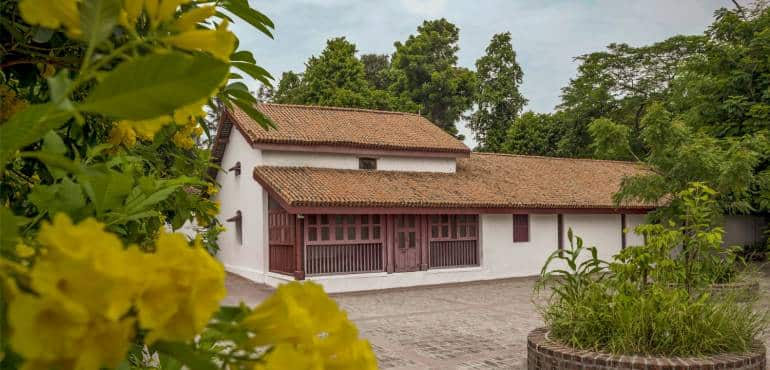 Sabarmati Ashram, or Mahatma Gandhi's Ashram, Ahmedabad. (Photo: Gujarat Tourism)
Sabarmati Ashram, or Mahatma Gandhi's Ashram, Ahmedabad. (Photo: Gujarat Tourism)
Have an indulgent breakfast packed with Gujarati favourites at Swati Snacks. Then start at the most obvious place, the Gandhi Ashram on the Sabarmati river, where Mahatma Gandhi lived and strategised the freedom movement. Founded in 1915, the Ashram is a sprawling place with scattered buildings that showcase his teachings, memorabilia, charkha on which he wove cloth and such others. (If you have more time in Ahmedabad, then head afterwards to Dandi Kutir in Gandhinagar about 20 km north of Ahmedabad. Also called the Salt Mount Museum, it is an interesting interactive museum dedicated to the life and times of Gandhiji and its architecture is also fascinating.)
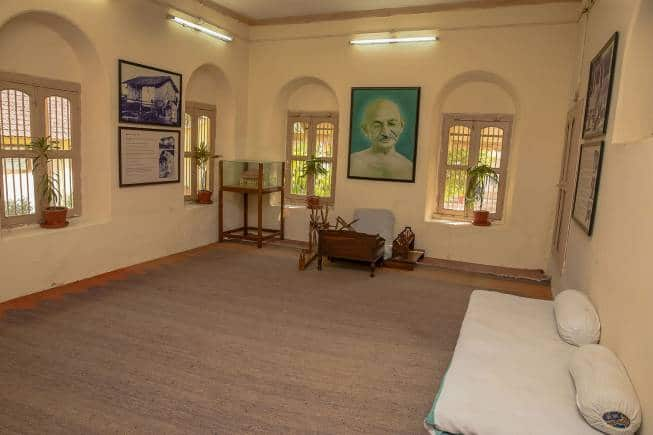 Kocharab Ashram, Ahmedabad. (Photo: Gujarat Tourism)
Kocharab Ashram, Ahmedabad. (Photo: Gujarat Tourism)
For nerds and geeks, Ahmedabad’s Science City is an interesting experience. With several exhibitions and attractions revolving around various branches of science, it is bound to mesmerise both adults and children alike. Of particular interest is the simulator, the IMAX 3D theatre and musical fountain among others.
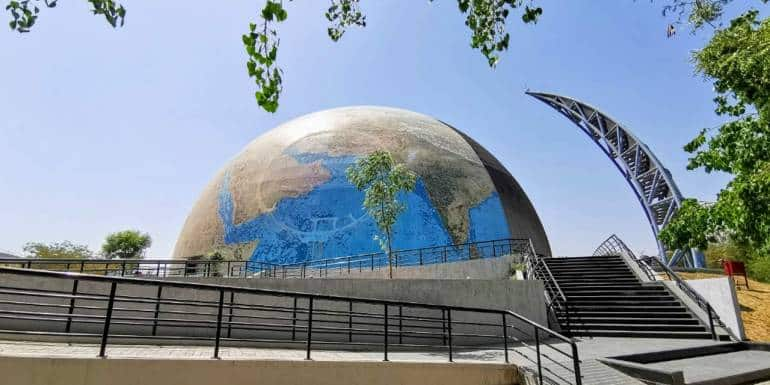 Gujarat Science City, Ahmedabad. (Photo: Gujarat Tourism)
Gujarat Science City, Ahmedabad. (Photo: Gujarat Tourism)
Afternoon
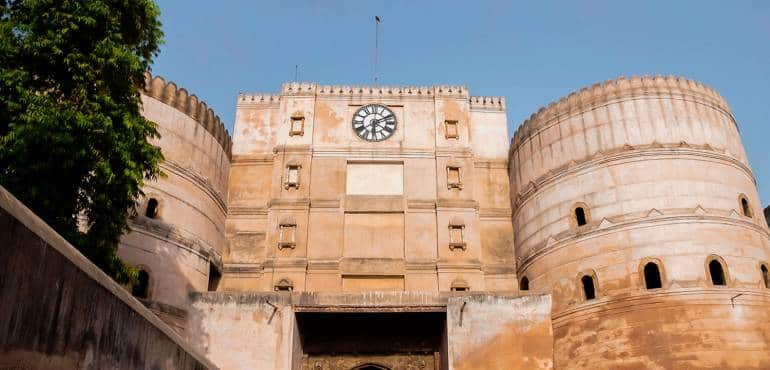 Bhadra Fort, Ahmedabad. (Photo: Gujarat Tourism)
Bhadra Fort, Ahmedabad. (Photo: Gujarat Tourism)
Indulge in a traditional Gujarati meal at Gopi Dining Hall before heading to Ahmedabad Ni Gufa, an unusual art gallery and public space designed by noted architect BV Doshi. It resembles a series of underground caves and houses an exquisite collection of works by MF Husain. From the gallery’s cool environs, the next stop is 12th century Bhadra Fort, one of the oldest forts in the area filled with palaces and temples.
Evening
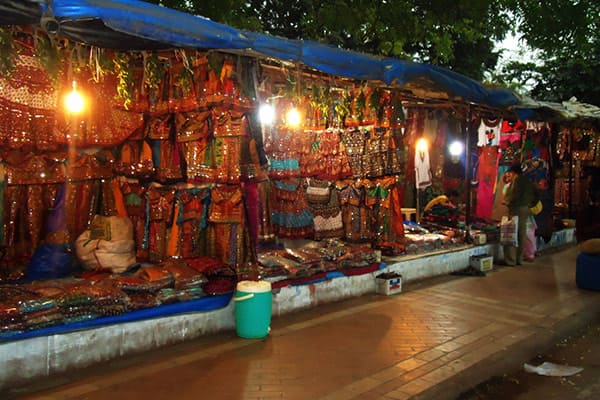 Law Garden night market, Ahmedabad.
Law Garden night market, Ahmedabad.
To get a feel of Ahmedabad’s bustle and for some retail therapy, the place to be is Law Garden, which is actually a long road filled with roadside and pavement shops as well as bigger stores selling all kinds of items. If shopping is not your cup of tea, then the Sabarmati Riverfront is the ideal place for leisurely stroll or to just kick back and relax. It has numerous walking paths, attractions and facilities against the backdrop of the gently flowing river. This is also the place for some lip-smacking street food. If possible time your visit for mid January when the kite festival is held and Ahmedabad’s skyline is filled with colourful kites. End the day with a sumptuous meal at Vishalla.
Day 2
Morning
 Kalupur Swaminarayan Temple, Old Ahmedabad. (Photo: Gujarat Tourism)
Kalupur Swaminarayan Temple, Old Ahmedabad. (Photo: Gujarat Tourism)
The only way to start the day is with a Gujarati breakfast. Then head to the beautiful and exquisite Kalupur Swaminarayan Temple built in a mix of architectural styles before wandering around the heart of the city where the streets are narrow and buildings sit cheek by jowl. These are pols, Ahmedabad’s most iconic feature, and which prompted the UNESCO tag. They are housing clusters with houses in close proximity and connected by a warren of narrow streets, alleys and passages. There’s usually a central courtyard for a temple, a community well and a bright chabutara or bird feeder. It is a system that was developed in the early 18th century and was a defence mechanism with secret passages and hiding places known only to residents of pol. When they were first designed and laid out centuries ago, the clusters housed communities usually defined by trade; some pols still continue to have names that are a holdover from that era but there has been much intermingling. In between are also some heritage buildings like the Kala Ramji Mandir. (For those interested in heritage and ancient architecture, it might also be a good idea to add a day to the trip and visit Adalaj near Gandhinagar outside Ahmedabad, known for its step well.)
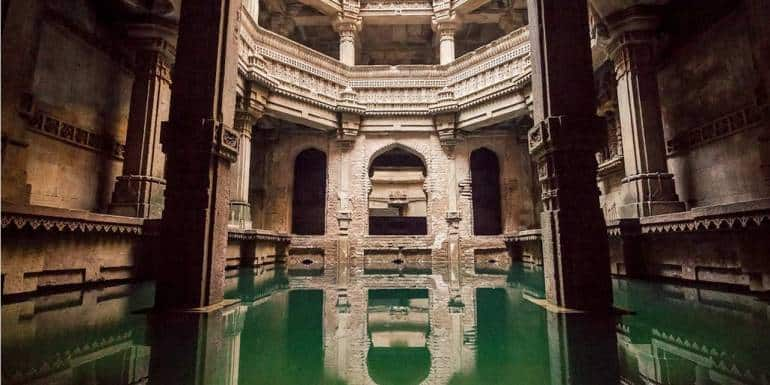 Adalaj stepwell, outside Ahmedabad. (Photo via Gujarat Tourism)
Adalaj stepwell, outside Ahmedabad. (Photo via Gujarat Tourism)
From the pols, it is just a few minutes to the old city and get a glimpse of the British-era Fernandes Bridge, magnificent havelis such as Harkuvar Sethani ni Haveli and wander inside the 600-year old Jama Masjid with its sprawling grounds, exquisite pillars and beautifully carved motifs. The old city and pols can also be experienced as part of a Heritage Walk organised by various organisations.
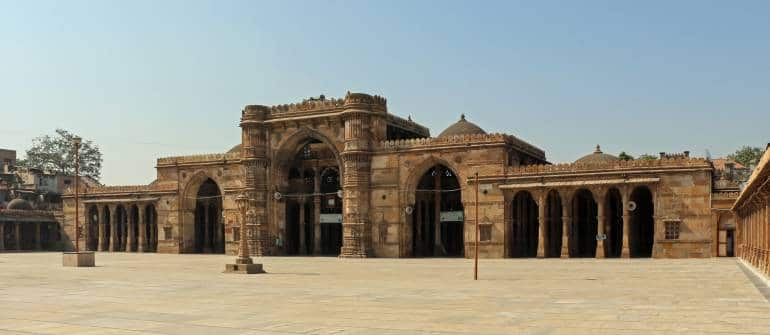 Jama Masjid, Ahmedabad. (Photo: Wikimedia Commons)
Jama Masjid, Ahmedabad. (Photo: Wikimedia Commons)
End the trip at busy Manek Chowk, a large and colourful market selling a plethora of items but also food carts and small eateries where you can binge on street food. There are several little restaurants in the area for quick sit-down meals.
Discover the latest Business News, Sensex, and Nifty updates. Obtain Personal Finance insights, tax queries, and expert opinions on Moneycontrol or download the Moneycontrol App to stay updated!
Find the best of Al News in one place, specially curated for you every weekend.
Stay on top of the latest tech trends and biggest startup news.